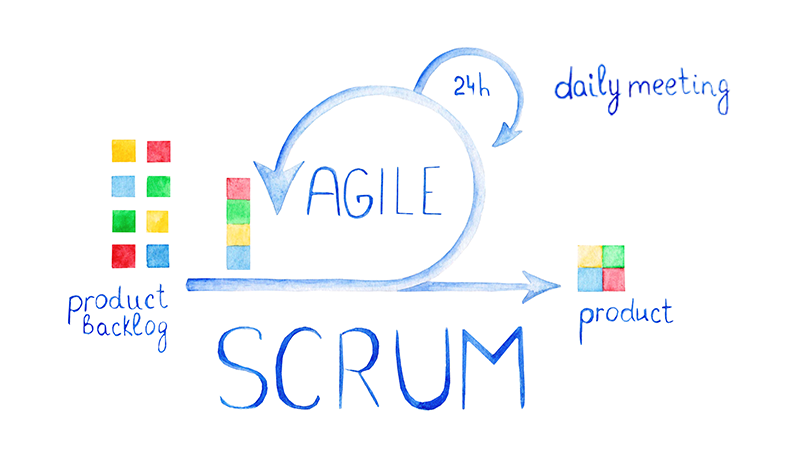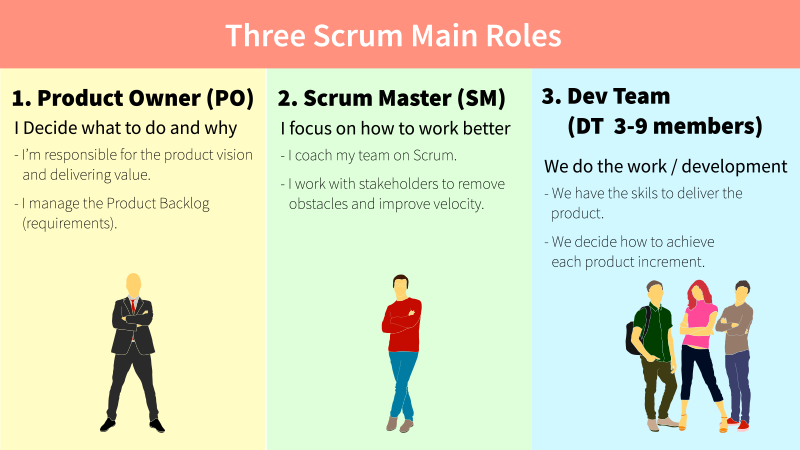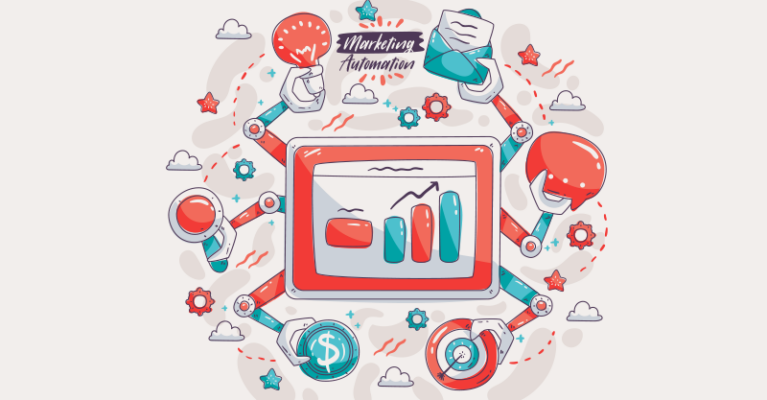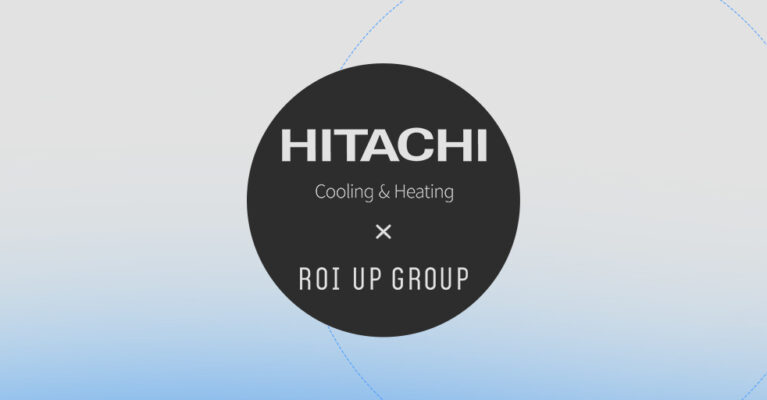
From ROI UP Agency, we understand that, if you are not agile in the development and execution of projects, in the end, everything takes longer, becomes more expensive and almost never comes to fruition. Therefore, it generates dissatisfaction in the clients, frustration in the teams and the impossibility of doing what we like the most, which is to be our clients’ travel companions to reach their goals.
Hence, we always try to maintain and improve this agility and implement it in the DNA of our teams. For this, we have chosen Scrum, but what is it?
Scrum is a framework oriented to the development of projects that are executed in teams and to obtain results quickly, with the best results. For this, it uses a series of fundamentals and best practices with which it supplies the teams that carry out the projects. The deliveries of the final product are partial and regular, prioritizing them by the benefit they bring to the interested parties, this being a framework especially recommended for complex projects.
Benefits of Scrum
Although in the link provided at the bottom of the post we can see the benefits of Scrum in more depth, below, we will list the most important ones:
- Fast results.
- This avoids delivery of products that the customer does not want or does not need, since, in each cycle, the increase achieved in that cycle is presented to the customer and is validated or the appropriate decisions are taken to rectify in the event that the result is not as expected, but always in an agile manner, hence the following benefit.
- Flexibility in the face of change
- This avoids excessively long deliveries where costs soar and quality is usually lacking.
Implementation requirements
All this seems very nice and very logical, but it is not always possible. To be able to do this, a series of requirements must be met that would need another couple of posts, but let’s try to summarize it a little.
- A corporate culture based on teamwork, delegation, creativity and continuous improvement.
- Commitment on the part of the client to carry out the objectives and their availability to collaborate in the project.
- That the company’s management commits to making the necessary organizational changes so that the framework we are talking about can be implemented.
- Commitment on the part of the team.
- Agility in making changes to the project.
- Collaborative and transparent relationship between supplier and customer.
- Team sizes between 5-9 people, which should be working in the same place, with full dedication and which have an acceptable stability avoiding rotation of members as much as possible.

The process
In Scrum, project execution cycles are short and of fixed duration (2 to 4 weeks, with 4 being the maximum limit). Each iteration must always have an associated final product increment that can lead to a delivery to the customer.
Everything starts from a list of prioritized user stories by value/cost that the team estimates based on their definition status. A user story will never make it onto that list if the “definition ready” stipulated by all parties is not met.
Below, we will show an outline of the activities that are carried out in Scrum:
Iteration planning:
On the first day of the sprint or iteration, we can distinguish two parts:
- Requirements selection: The customer (product owner) presents to the team the following group of user stories present in the list ordered by priority. The team presents the doubts that arise and estimates if these stories are sufficiently defined to enter the iteration, in addition to assessing whether they enter the iteration by size, since at this point selects the user stories to be delivered during this iteration. This meeting cannot exceed 4 hours.
- Iteration planning: The team breaks down each of the stories into smaller tasks that can be assigned to each team member. This is done jointly and the team members self-assign the tasks.
Iteration execution:
During the iteration, a small team meeting is held for a maximum of 15 minutes with the task board visible. Each team member inspects the work that the others are doing in order to make the necessary adaptations to fulfill the commitment. At the meeting each team member answers three questions:
- What have I done since the last synchronization meeting?
- What am I going to do from now on?
- What are the impediments I have or will have?
During the iteration , the facilitator (Scrum Master) ensures that the team can fulfill its commitment and that its productivity is not reduced.
- Eliminates obstacles that the team cannot solve on its own.
- Protects the team from external interruptions that may affect their commitment or productivity.
While all this is going on, team members meet with product owner and stakeholders in both tactical and strategic meetings to refine the list of requirements and if necessary, see if a reprioritization is needed.

Inspection and adaptation:
On the day the iteration ends, a review meeting is held. It consists of two parts:
- Demonstration: The team presents to the customer and the other stakeholders the requirements completed in the iteration, in the form of a product increment ready to be delivered with minimum effort. Based on the results shown and any changes in the context of the project, the customer makes the necessary adaptations in an objective manner, already from the first iteration, re-planning the project.
- Retrospective: The team analyzes how it has been working and what are the problems that could prevent it from progressing adequately, continuously improving its productivity. The Facilitator will be in charge of eliminating the obstacles identified.
And so much for this brief explanation of what Scrum is. Although very rough, it can give us a broad overview of what this framework consists of.
You can find here much more information in the source from which the summary has been extracted. Also, the scrum guide at scrumguides.com.




